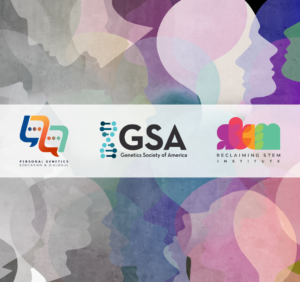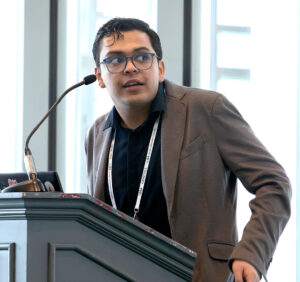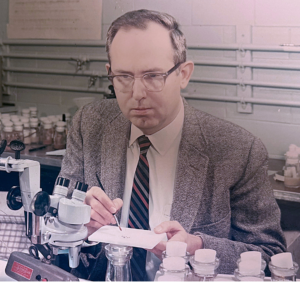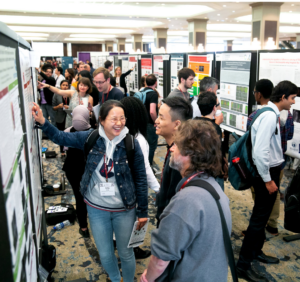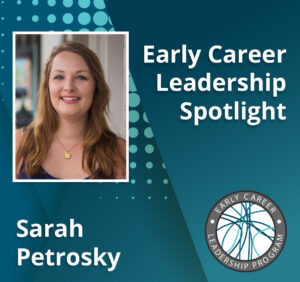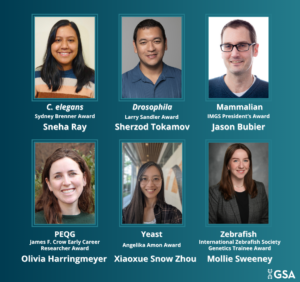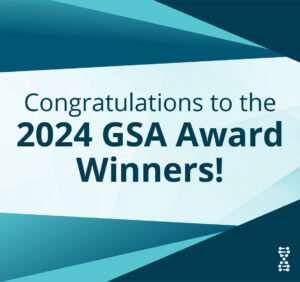Today’s guest post was contributed by Miriam Bergeret, MSc, a scientific writer and editor. Her work can be found at pensandpipettes.com.
The genomes we carry today are shaped by countless recombination, mutation, and selection events stretching back through time. One powerful tool used to reconstruct that genetic history from modern DNA includes the ancestral recombination graph (ARG)—a detailed map of how genetic variations have been inherited through generations.
Previous research published in GENETICS laid the theoretical groundwork for ARGs, with several studies focused on developing efficient algorithms for estimating the graphs themselves. For example, Ishigohoka et al. formalized how ARGs represent evolutionary history, and Brandt et al. explored efficient ways to store and manipulate these genealogies. While these studies were crucial in laying the foundation, they focused primarily on improving the construction of ARGs rather than testing their utility in real-world applications.
A new study published in GENETICS marks a significant milestone in ongoing efforts to refine and apply theoretical ARG models to evolutionary biology problems, particularly for understanding complex traits. This marks a shift from theory to practice.
In their study, Peng et al. focus on a practical yet complex task: tracking the historical evolution of polygenic traits—traits influenced by many genetic variants across the genome—with ARGs. Using a framework originally developed by Edge and Coop in 2019, the researchers put seven ARG-estimation methods (ARGweaver, RENT+, Relate, tsinfer+tsdate, ARG-Needle, ASMC-clust, and SINGER) to the test, comparing their performance in reconstructing historical changes in population-mean polygenic scores (PGS). By applying these methods to simulated datasets, they explored the tradeoffs between accuracy and scalability, uncovering critical insights into how well ARGs can be used to study evolutionary processes across different timescales.
One of the most significant findings of the study challenges a common assumption in genomic research that larger sample sizes always improve results. When comparing ARG methods, the researchers found that smaller samples (like those using SINGER with just 200 haplotypes) often produced more accurate results than methods that scaled to much larger datasets (up to 2,000 haplotypes). This suggests that methods that are applicable to larger samples, while useful for analyzing recent evolutionary events, don’t always offer better accuracy for more distant genetic histories. In contrast, the possibility of analyzing very large samples is more relevant for understanding recent genetic history.
In this sense, bigger isn’t always better. Sometimes smaller, more accurately estimated ARGs can yield more reliable insights. These findings are important to consider when selecting ARG-estimation methods.
Ultimately, Peng et al. demonstrate that no single ARG-estimation method is universally preferred. The right choice depends on the research question and the evolutionary time scale of interest. For evolutionary studies of polygenic traits, where understanding the influence of many loci over time is key, this study adds further evidence that ARGs provide an invaluable tool for reliably capturing the complexity of genetic traits. By bridging the gap between theoretical frameworks and practical applications, this work opens new doors for using ARGs to study real-world evolutionary problems and provides valuable insights into how best to leverage these tools for future applications.
References
Evaluating ARG-estimation methods in the context of estimating population-mean polygenic score histories
Dandan Peng, Obadiah J. Mulder, Michael D. Edge
GENETICS. April 2025. 229(4).
DOI: 10.1093/genetics/iyaf033














